
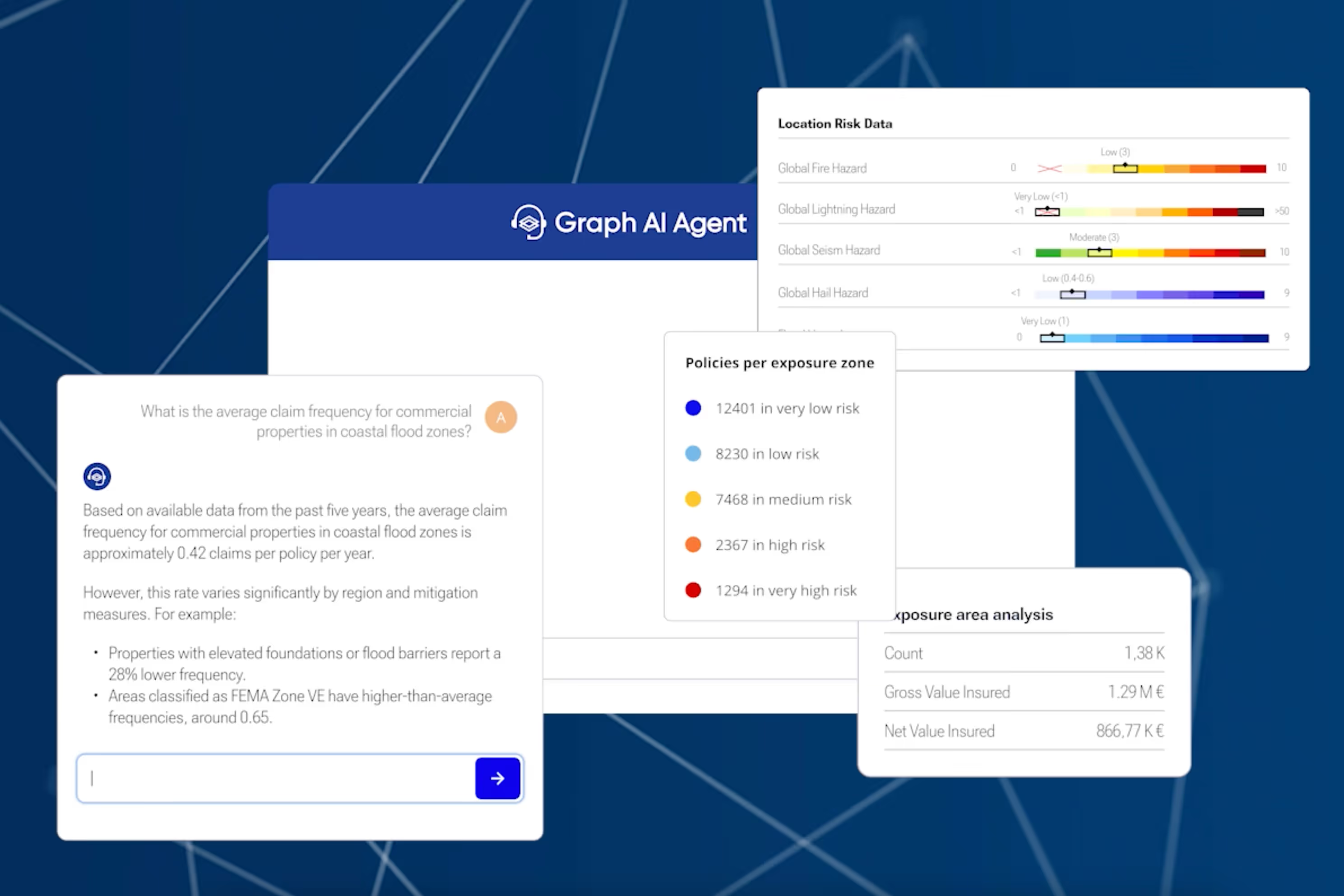
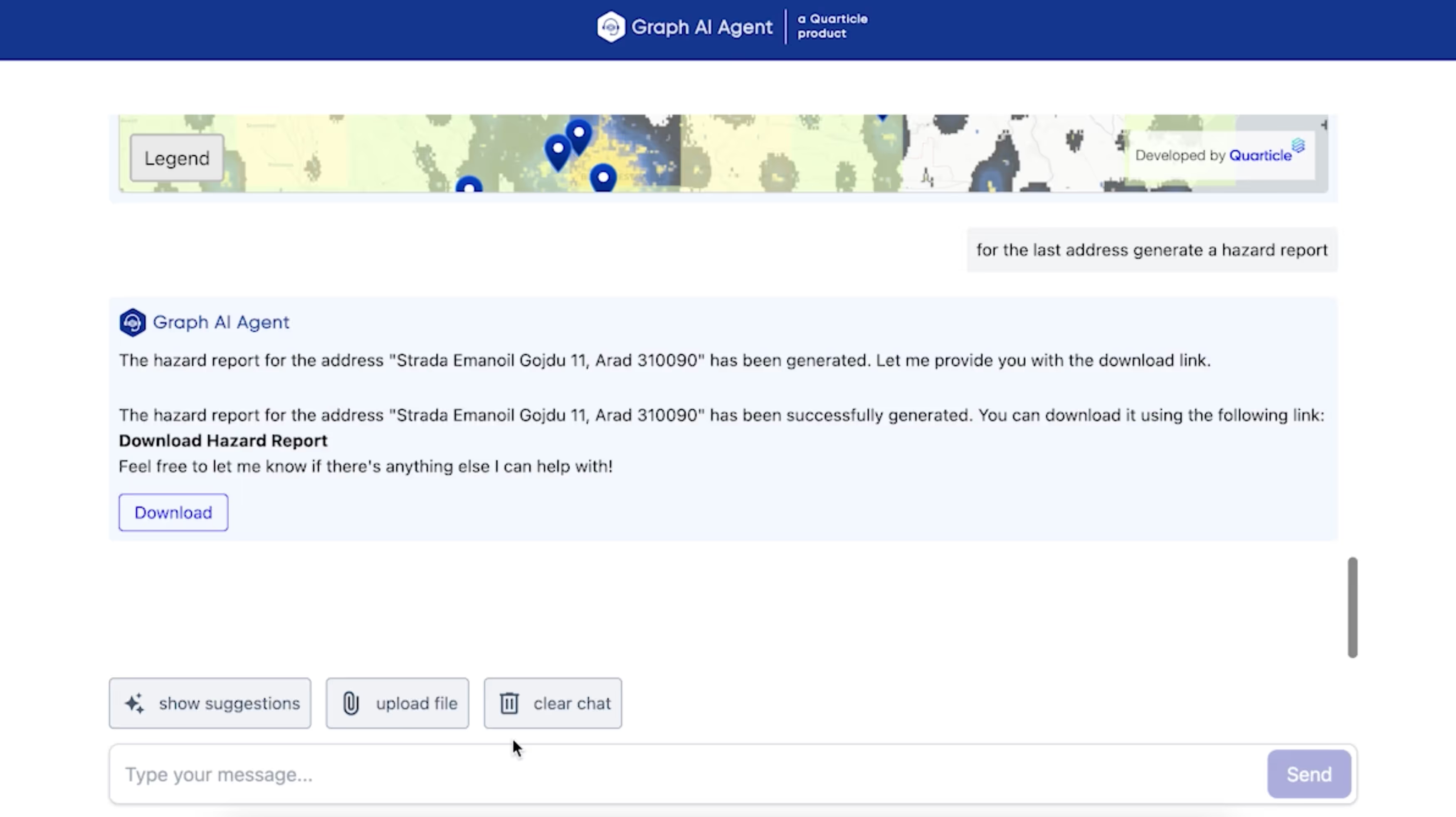
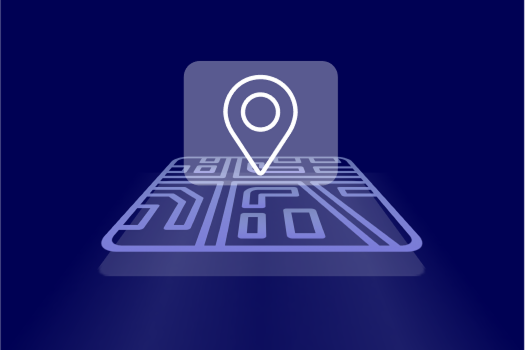
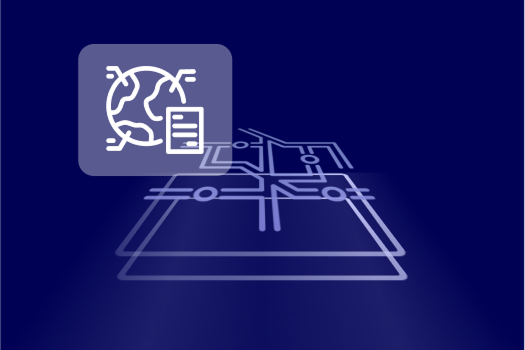

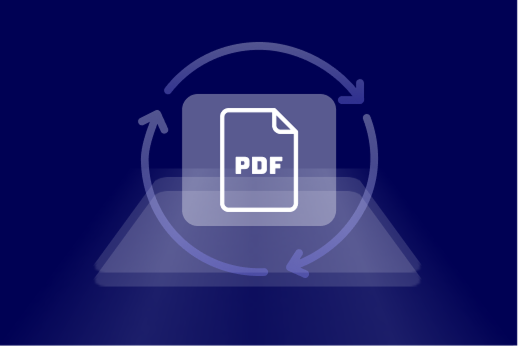

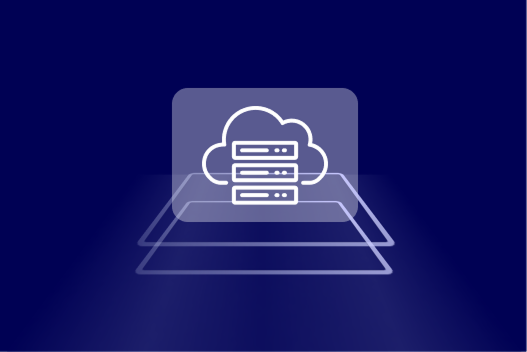

Interact with your risk data using natural language; no need for code or GIS tools.
Engage in multi-step queries where the AI tracks context for deeper, iterative analysis and refined insights.
You stay in control. Review, approve, or edit AI-generated outputs before applying them.
Instantly generate maps, overlays, and reports in response to your queries, enabling clear and actionable portfolio insights.